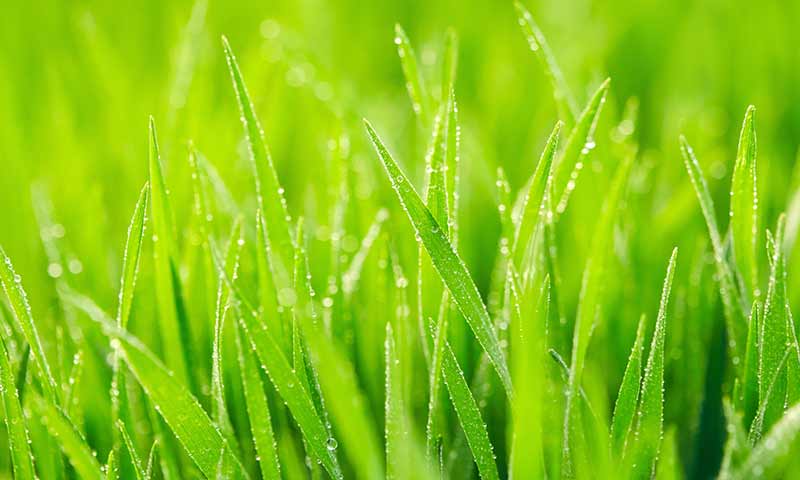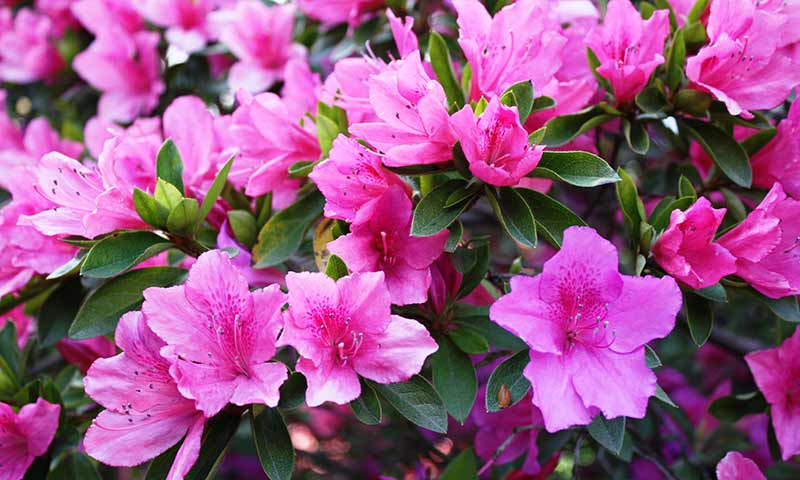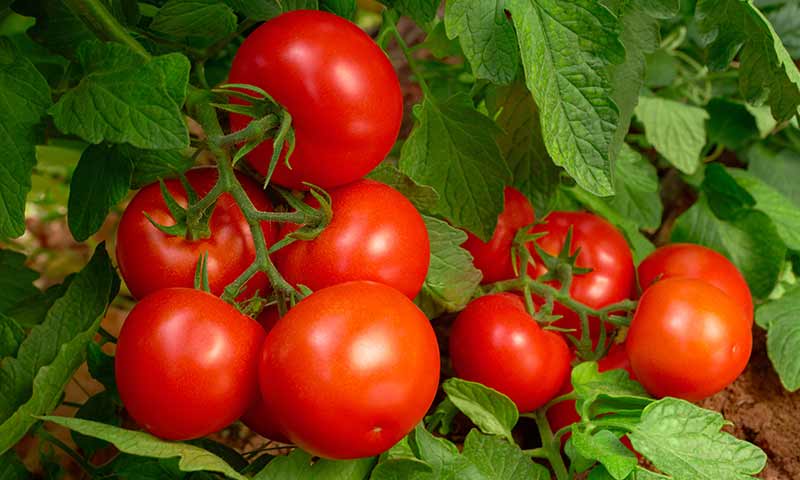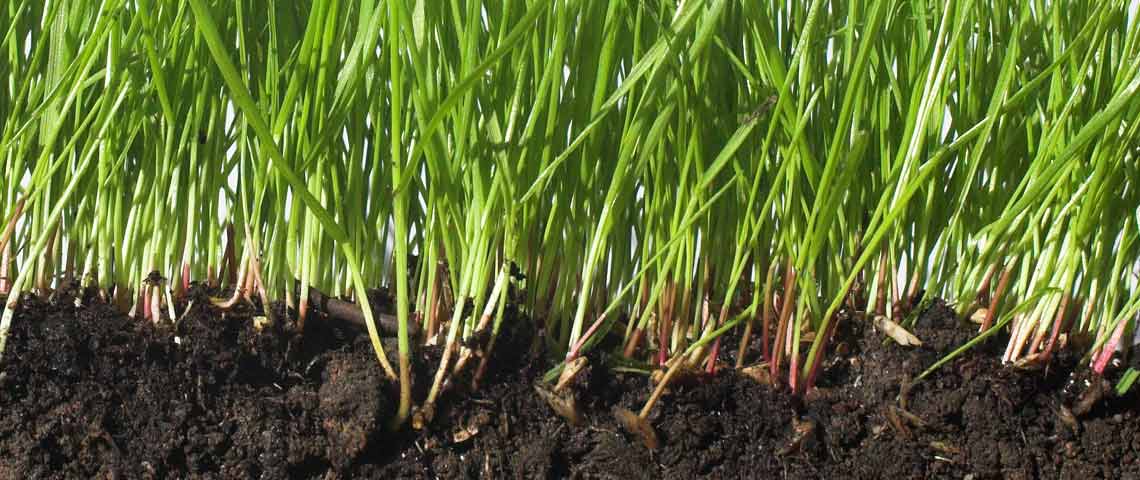Fertilizer Labels: What N-P-K Numbers Mean
Plants are a lot like people when it comes to living their best life. Good nutrition helps keep us and them looking and feeling our best. Mother Nature takes care of plant nutrition in the wild, but she delegates that task to you on your slice of earth — even if you like your yard on the wild side.
From grasses and alternative lawns to flowering shrubs and perennials, plant have different needs. Even so, some basics apply across the board. When you understand the numbers on fertilizer bags, choosing the best fertilizer is as simple as 1-2-3:
- What Fertilizer Numbers Mean
- Why Just These Three Nutrients?
- How N-P-K Affects Plants
- When to Use Different Ratios
What Fertilizer Numbers Mean
All fertilizer products — no exceptions — have to provide some basic, uniform information so you can make easy comparisons. Every fertilizer label carries three conspicuous numbers.
These three numbers are what's called the fertilizer's N-P-K ratio. (Remember the periodic table from chemistry class? The letters are element symbols.) The ratio reflects the proportion of three plant nutrients, always in the same order: nitrogen (N), phosphorus (P) and potassium (K).
Every fertilizer's N-P-K numbers reflect each nutrient's percentage by weight. For example, the label on a 33.6-pound bag of Pennington Full Season Lawn Fertilizer 32-0-5 reveals that it contains 32 percent nitrogen, 0 percent phosphorus and 5 percent potassium, in addition to its other beneficial ingredients.
This comes in handy when soil test results recommend pounds of actual nitrogen rather than specific fertilizers. By multiplying 33.6 pounds by .32, you'll see that this 33.6-pound bag contains slightly more than 10.75 pounds of actual nitrogen.

High-nitrogen fertilizer helps grasses stay lush and green.
Why Just These Three Nutrients?
Plants need larger quantities of nitrogen, phosphorus and potassium than any other plant nutrients. Known as the primary macronutrients, these Big Three headline the nutrients essential to all plant life. Other elements, such as iron, are just as critical to your plant's survival, but plants need them in much smaller quantities. That's always in addition to the N-P-K.
Azaleas, for example, need more iron than many other plants. Pennington Rejuvenate Plant Food Evergreen & Azalea 4-3-3 provides essential nutrients including iron, magnesium and sulfur for plant vigor & beautiful azalea blooms.
You'll find these "extra" nutrients listed on the label's ingredient panel, but never as part of the N-P-K ratio.
In grassy yards and thriving gardens, soil nutrients get depleted. Because plants use larger amounts of N-P-K, replenishing these three is key. On top of that, other factors affect nutrient loss. Nitrogen moves freely in soil and leaches away with heavy rains or irrigation. So Mother Nature trusts you to step in and replenish used and lost nutrients so your yard and gardens stay nourished and beautiful.

Azalea fertilizers provide nutrients that acid-loving plants prefer.
How N-P-K Affects Plants
Each of the three nutrients in the N-P-K has its own special job to do:
Nitrogen (N) supports vigorous, leafy growth and rich green color from grasses to garden lettuce. Without enough nitrogen, plants turn pale and growth slows. With too much nitrogen, flowering and fruit-bearing plants put their energy into green growth and you end up shorthanded on blooms and fruit.
Phosphorus (P) focuses plant energy on strong root development and flowers, fruits and seeds, and helps plants use other nutrients efficiently. A phosphorus shortage leads to less-than-stellar flowers and fruits, but extra phosphorus boosts blooms and fruits. Most lawns have enough phosphorus without getting more and risking runoff. So you won't find phosphorus in Pennington Full Season Lawn Fertilizer 32-0-5.
Potassium (K) enhances overall growth. It helps regulate root and top growth and keeps plants healthy and balanced. This affects all aspects of lawn and garden well-being, from cold and drought tolerance to disease and pest resistance.

Fertilizers with extra phosphorus support big, juicy tomatoes.
When to Use Different Ratios
Grassy areas worthy of bare feet need nitrogen for rich green color and vigorous growth — especially if your family, including fur babies, likes to play and entertain outdoors. That's why lawn fertilizers have an N-P-K ratio with the first number much higher than the other two. Soil usually provides the rest of what healthy grass needs, so the other two numbers are low.
Tasty tomatoes and other vegetables need nitrogen, too, but flowering and prolific harvests also require more phosphorus along with potassium. That's why the second number is highest in Pennington Rejuvenate Plant Food Tomato & Vegetable 4-5-4.
Flower gardens and roses need more phosphorus and a little less potassium for flowers pollinators love. So, you guessed it, Pennington Rejuvenate Plant Food Rose & Flower 4-6-3 provides the blend of organic and natural ingredients those plants need to grow bigger, more beautiful blooms than unfed plants. Versatile balanced fertilizers like our Pennington Rejuvenate Plant Food All-Purpose 4-4-4 deliver a balanced N-P-K designed for all-round use on everything from indoor plants like your favorite Monstera to Tuscan kale and colorful mixed greens.
All of our Pennington Rejuvenate plant foods provide lots of Earth-friendly natural and organic ingredients like earthworm castings, beneficial microorganisms and humic acids that work together to revitalize soil, strengthen your plants against stress and drought, and optimize their nutrient use. You'll find all that information on our plant food labels — just not as part of the N-P-K.
With fertilizer numbers demystified, you can tackle the challenge and nourish your plants from the inside out. At Pennington, we've been helping people do the same since 1945. Making yard and garden dreams come true is kind of a specialty for us. We're here to help you grow and nurture your roots. Got a question? We'd love to hear it. Let's stay in touch.
Always read the product label and follow instructions carefully.



